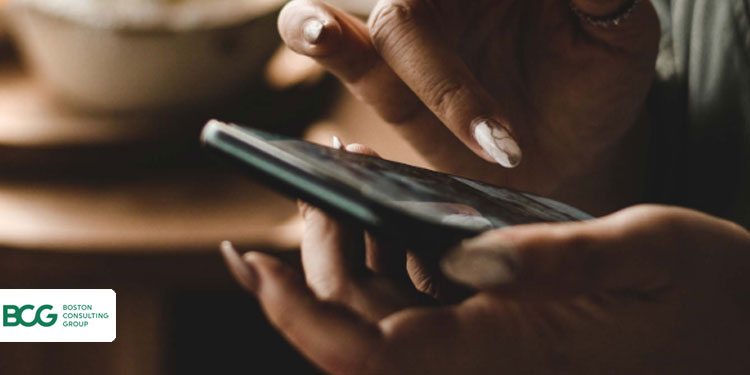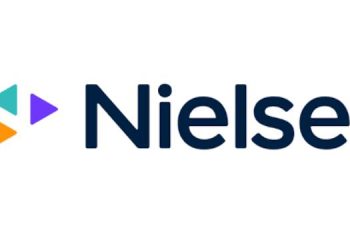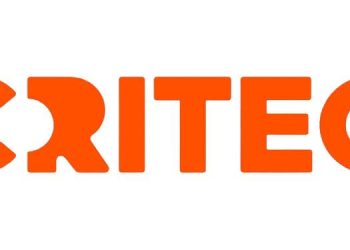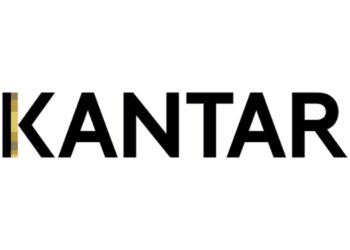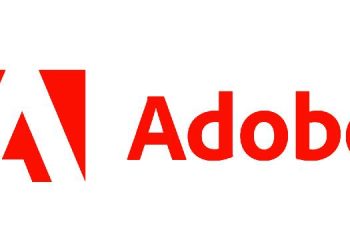Mumbai:: Boston Consulting Group (BCG) has released its latest report titled, “Ten Things You Should Know About E-Commerce in India”, to bring forth some of the key trends underpinning this growth in e-commerce.
The report findings were corroborated and substantiated by extensive, real-time transaction data gathered and analyzed on the purchase transactions of over 800,000 consumers (about 200,000 e-shoppers), along with multiple industry reports and expert interviews. The survey underlying this report was conducted with over 10,000 Indian consumers, across more than 40 metro to tier 4 cities and 50 rural towns/villages, and was overseen by BCG’s Center for Customer Insight.
Alongside rapidly growing internet users, digitally influenced shoppers and online shoppers have more than doubled in recent years to reach 260-280 Million and 210-230 million respectively in 2021.
Nimisha Jain, Managing Director and Senior Partner, BCG India said, “We expect online shoppers to nearly triple over the next decade and online retail spending to grow nearly sixfold to reach $300 Bn by 2030. COVID has further accelerated online shopper and spend growth by 3-4 Years. The pandemic pushed new-to-online shoppers and existing shoppers to increase their online purchasing, as physical shopping channels closed or became difficult to access”
The report reveals a number of intriguing trends that include changes in who is shopping, where they live, what they buy, and how they shop. The report suggests that the emerging shoppers today are more often middle-income, over-45 age group and women, a surprising divergence from the traditional Indian e-commerce shopper— the metropolitan-residing millennial male.
The report also highlights how smaller cities are playing an outsize role in e-commerce growth, with 30 of the top 50 mature e-commerce markets already small towns (Tier 2 & below) and further to be the Source of ~60% of urban e-shoppers and nearly 45% of spending by 2030. Report also mentions how rural areas too show enormous potential for future online spending, with more than half of online shoppers and a fourth of the spending to come from rural by 2030.
Dramatic changes are occurring in the fastest-growing online categories post the pandemic. While Mobiles, Electronics and travel once dominated, categories such as online Food orders, FMCG, and Beauty and personal care (BPC) items have seen sales grow by three to five times in recent years and expected to be the fastest growing sectors too, along with Fashion. As a result of this shift, food and groceries was the second-most-common category to enter consumers’ online purchase basket in 2021, up from fourth position in 2017.
In addition, many of the new e-commerce buyers are not digitally savvy, finding online markets difficult to navigate. A few emerging e-commerce models are beginning to address some of these issues. Some powerful examples involve social commerce to guide them through digital purchases—even responding to voice messages from local merchants, the use of livestreaming and video shopping as well as group buying.
The reports calls out how contrary to popular belief, e-commerce is not just about value plays. While discounts and low prices trigger new shoppers, premium shopping is also growing as shoppers mature.
The report findings have extensive implications for businesses, platforms, and channels catering to the evolving e-commerce buyer in India. Above all, e-tailers and brands should “think fresh”—looking for new and better ways of working—given the influx of new post-pandemic shoppers who have different needs and often prefer to buy from emerging channels
Kanika Sanghi, Partner and Director, BCG India said, “As e-retail evolves, we are seeing the emergence of trends that businesses need to embrace across the consumer purchase pathway. For instance, marketplaces are now the greatest source of digital influence, overtaking search and in fact, the fastest-growing online purchase channel is social media and chat – growing faster than marketplaces, Brand websites and C2C portals”.

